My name is Polina, I live in London with my husband (aka my best friend and 24/7 IT support). I studied history of arts back in university and worked with photography most of my life, organising and curating exhibitions, working in image agencies, liaising with photographers. These days I am a freelancer running photography workshops and photography trips and lecturing at photography clubs.
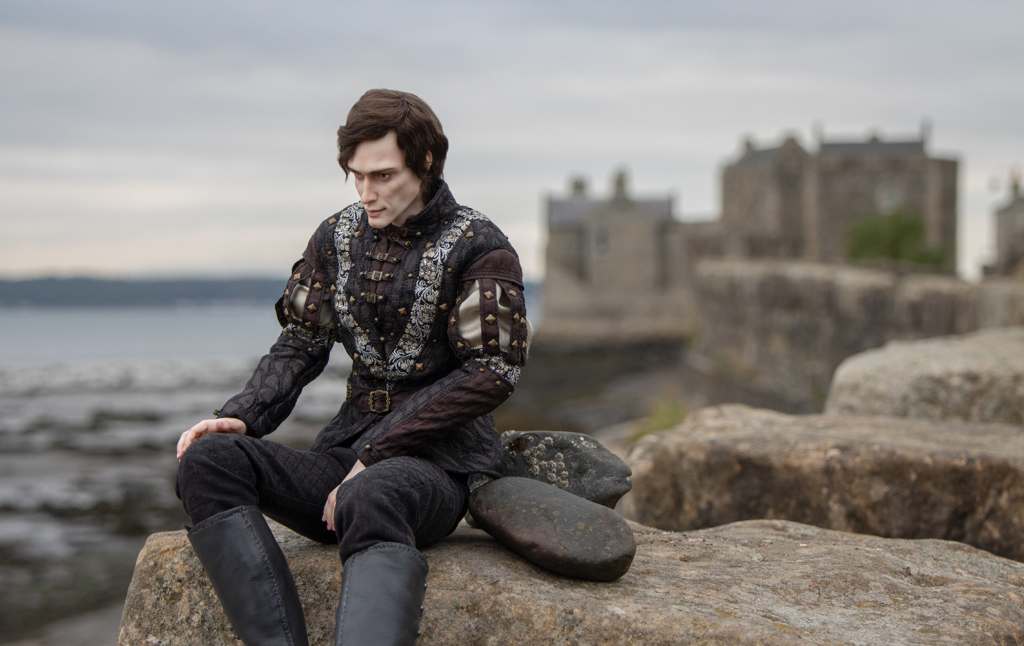
How long have you been a toy photographer and what attracts you to this hobby?
My two favourite photographic subjects are flowers and still life, but – as most of my fellow creative photographers out there – I am always on the lookout for new interesting avenues to explore. Back in 2019 the pandemic has severely narrowed photographic horizons for everyone, including me – no more trips to markets to get flowers and vegetables, no more trawling of antique shops looking for exotic props. All this made me actively think of other possibilities, and it suddenly dawned on me that I can try my hand in photographing my collection of Ball-Jointed Dolls.
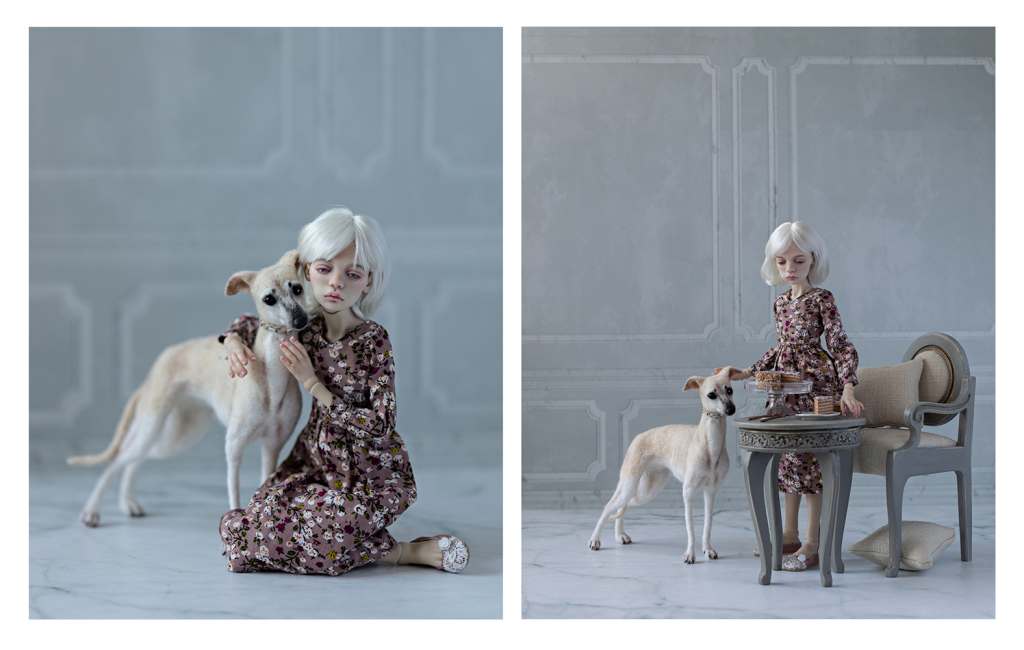
Where do you get your best photography ideas?
I am an avid reader and often re-create various stories with my dolls. I also get lots of inspiration from my favourite artists of the past. Old Masters and Impressionists are probably my favourite styles I keep coming back to. I don’t assign one character to each doll as I don’t like restricting myself, my dolls play any roles I want them to for each photo session. The dolls proved to be remarkable models for me: hugely inspiring, with lots of stories to tell. An added bonus is that, unlike some human models, they are extremely obedient and hard-working; they don’t get tired or hungry, and are not at all obsessed with checking their Instagram accounts every five minutes!
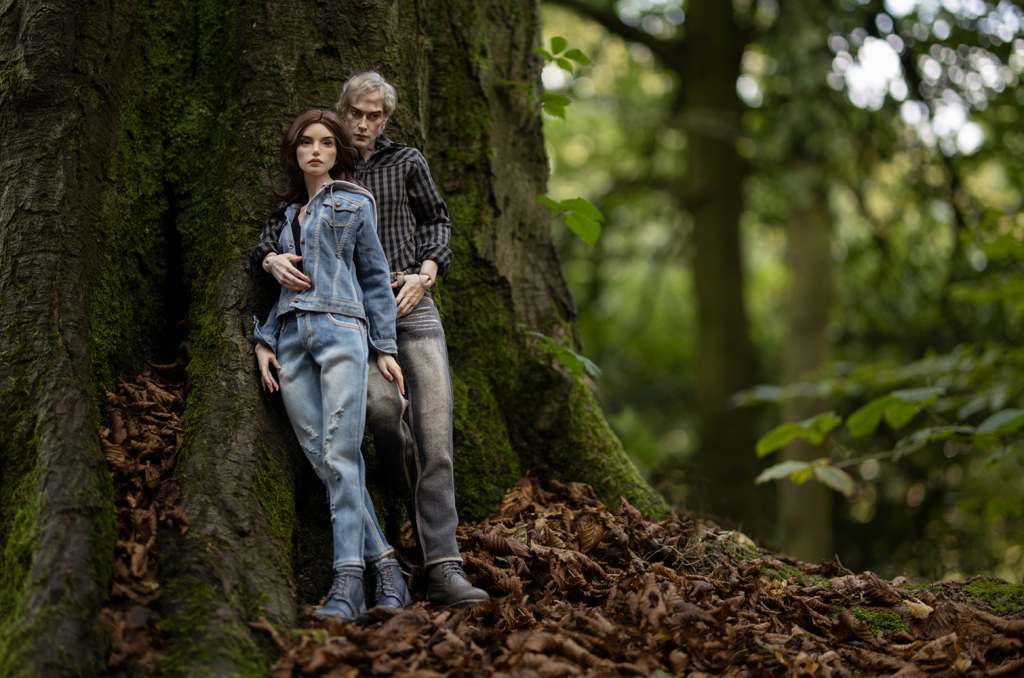
Tell us about your process in creating images from original thought to final photo image.
The genesis of an image can be almost anything – a colour, a texture, a shape, a mood, a memory, story I read, movie I watched. I then start with composing an image in my head, all the time trying to think of the right light and the right gear, while looking for objects and accessories that I would need. And then the process of taking an image can last anything from a minute to several days. I try to do as much as possible in camera using plenty of reflectors and diffusers to control natural or studio/continuous light, multiple exposure and intentional camera movement if I want to be less conventional and I also love using my special effect lenses – Lensbaby and Helios – if I need something unusual. Photoshop is reserved for things that can never be achieved in camera.
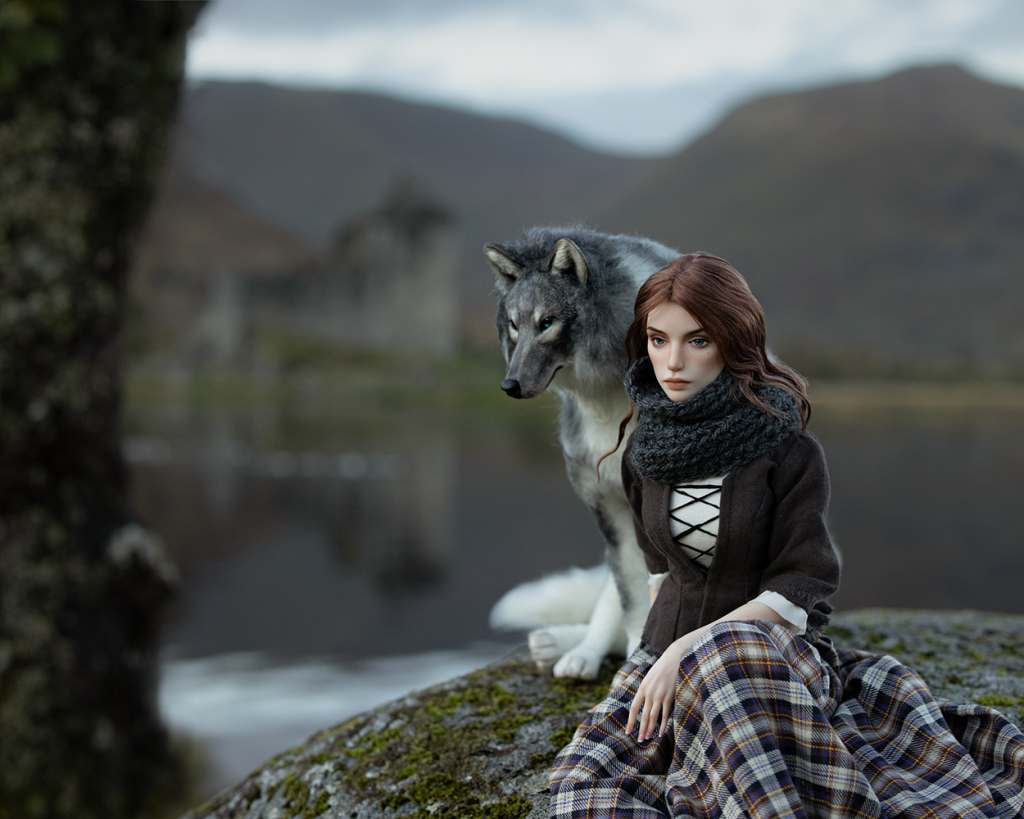
Tell us about your favourite photography environment: indoor or outdoor?
I am more comfortable shooting indoors, purely because I love to be in control of every single aspect in my final result. It’s difficult to control light outdoors, gust of wind can ruin carefully draped folds of the dress or passer-by will get too curious and I would have to politely ask not to touch my models. I spend lots of time figuring out details of every single shot, setting up interior imitating Victorian parlour or contemporary office and I absolutely love each part of this process, never get bored! I take dolls on our travels often and each trip itinerary would normally include a few potential doll photography locations.
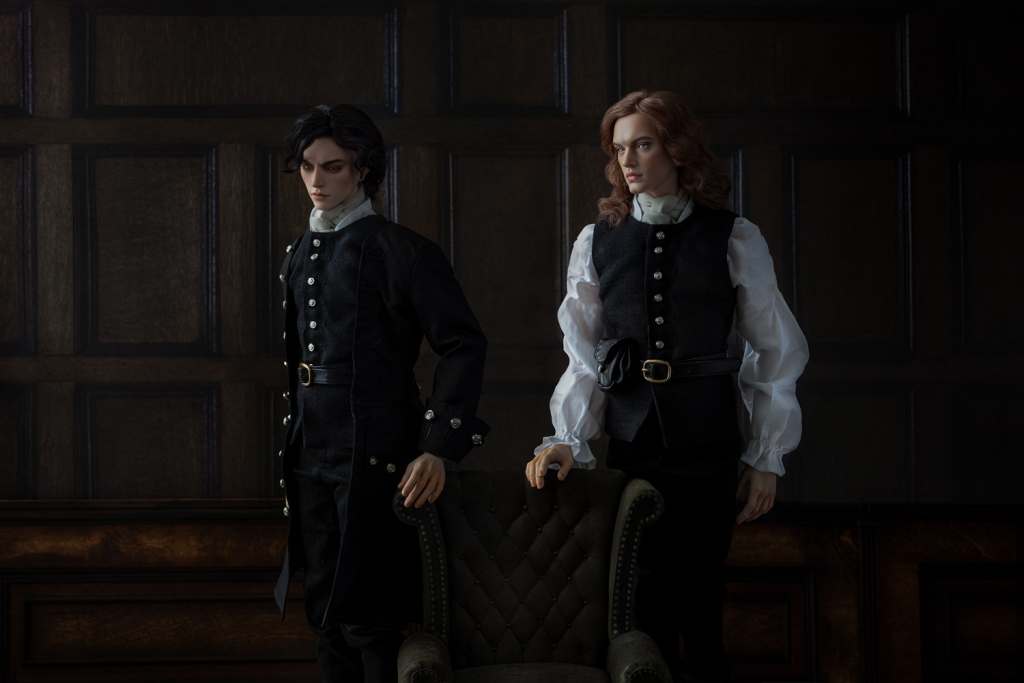
What kind of reaction are you looking for from your viewers?
I am often told how life-like the dolls are in my images. I will let you on to a little secret – It is never my aim to deceive my viewers, to pass a doll as a human. What I am definitely trying to do though is achieve what is known as “suspension of disbelief” – it is when everything in the image looks so natural that you simply refuse to accept that what you are looking at is NOT a real person. When I fully achieve this effect – it is truly magical, and it s often the smallest of details that have to be changed – a tilt of a head, a drop of a shoulder, a fold of the cloth, a light shining through the hair.
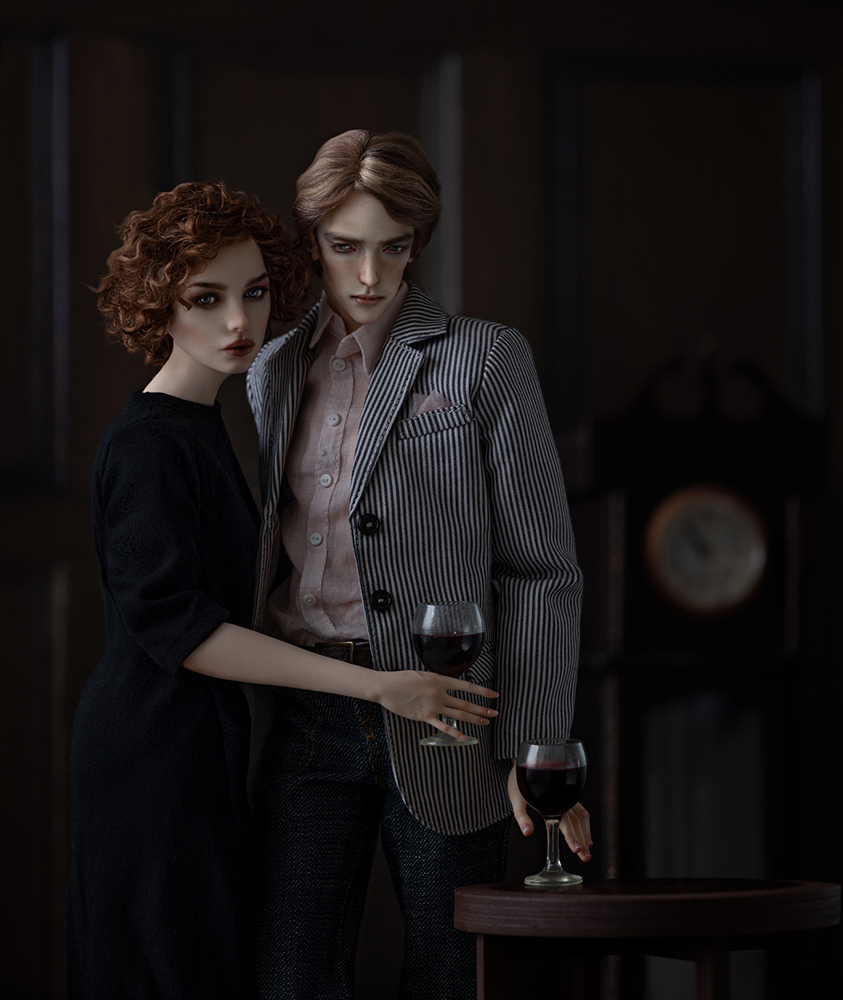
There are a lot of toys out there to choose from to photograph. What attracts you to the subjects you photograph?
My guilty pleasure, doll photography is a rather narrow niche within toy photography. My subjects are artist Ball-Joined Dolls – often referred to as art BJD – created by remarkable craftsmen and are effectively a real work of art. One of the key features of BJDs is very precise movements of head and limbs, achieved via a sophisticated mechanical design. I just absolutely love and very fussy about my dolls posing abilities. What attracts me even more to photograph BJD is that they are also highly customizable, with interchangeable wigs, eyes, and other body parts, and with sophisticated makeup. And in addition to that, there is a whole universe of custom-made accessories including clothes, shoes, furniture and so forth. So, I can really make my dolls play any roles I like, assume any characters.
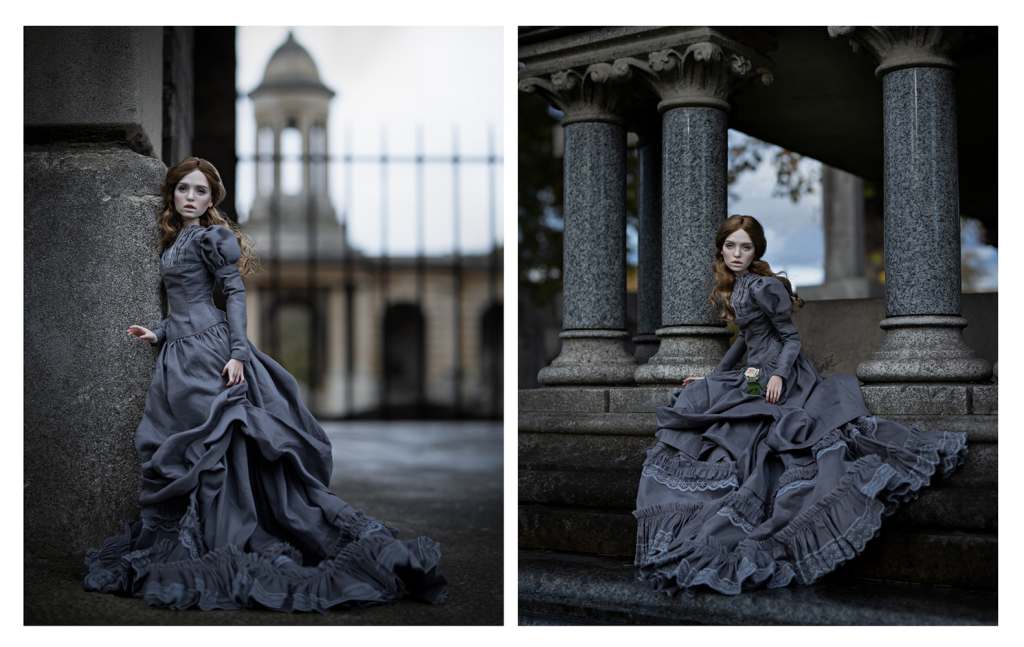
And of course, every time I get it right, and the magic works – I feel extremely grateful to the wonderful artisans whose work I am lucky to use. A huge thank you to all doll makers, clothes and furniture designers, props, shoes and wig makers who make all this magic possible.
Just a few of my favourite doll makers on Instagram:
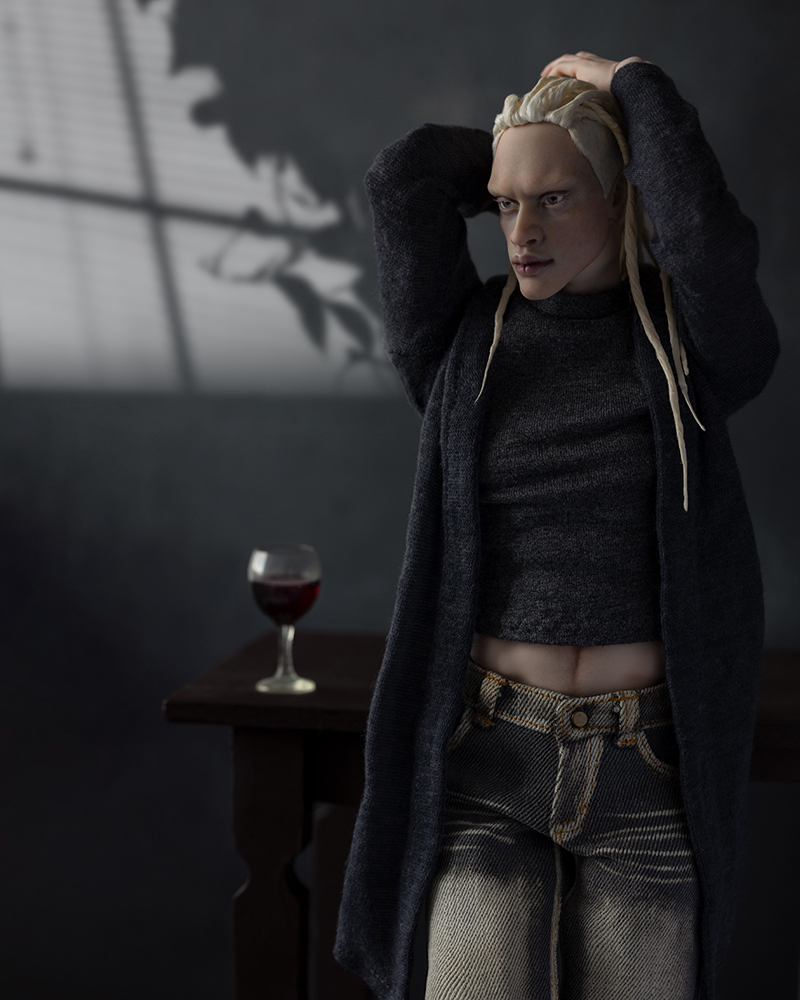
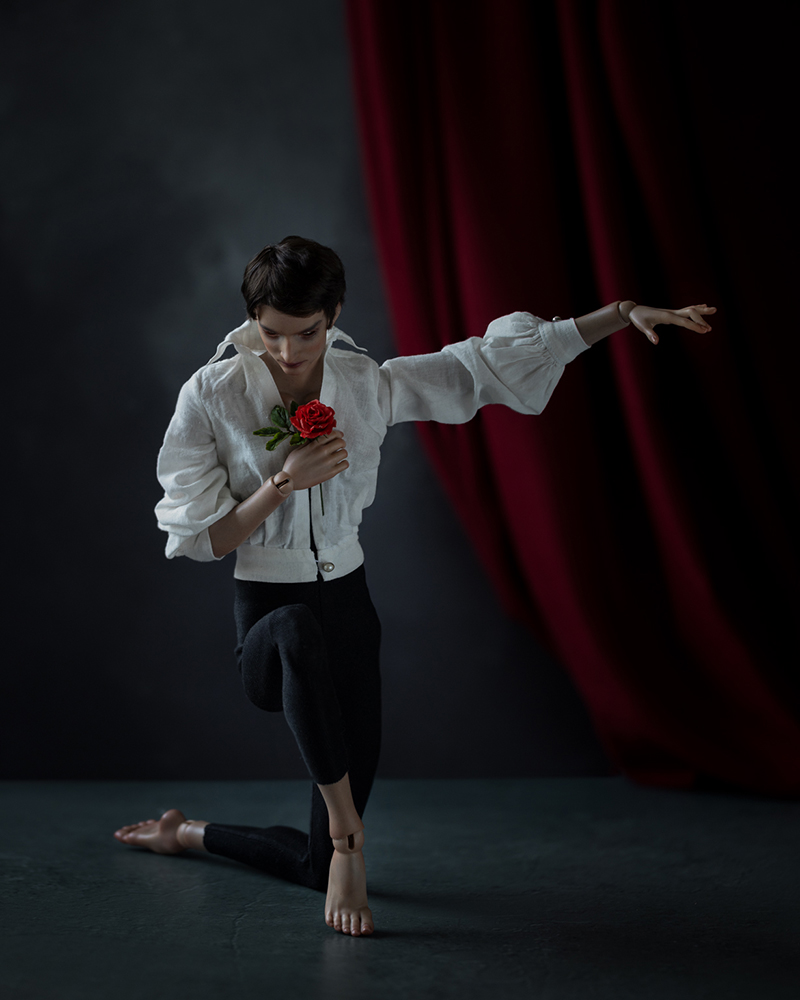
You can see more of Paulina’s amazing doll photography on Instagram @photoartitude_dolls


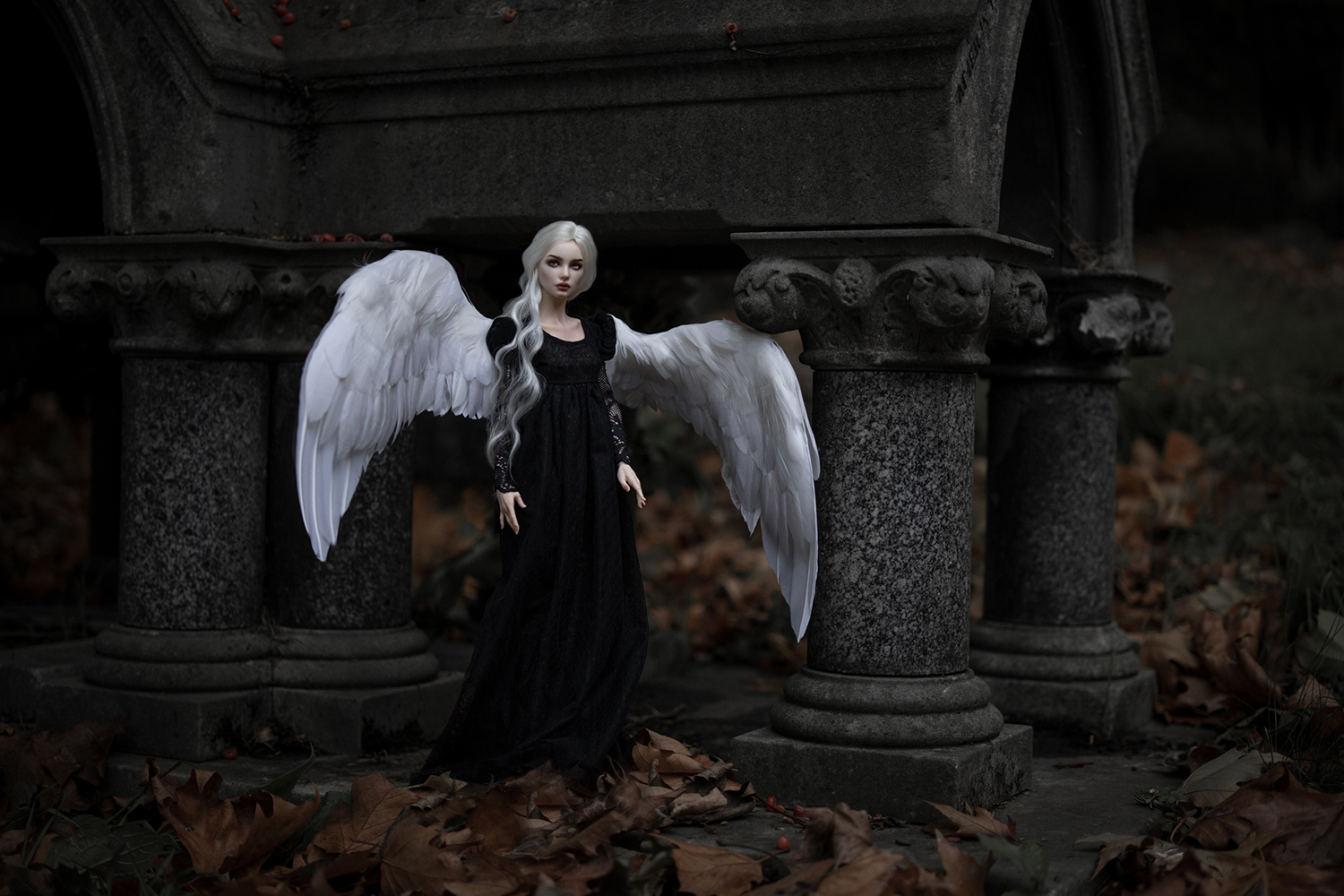
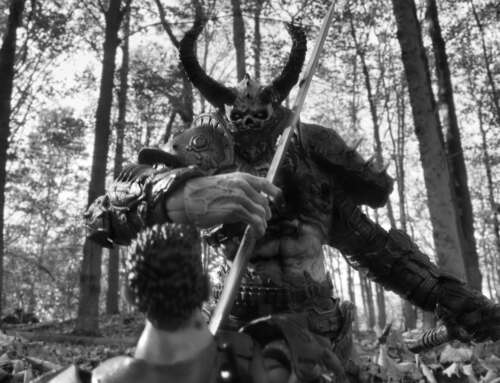
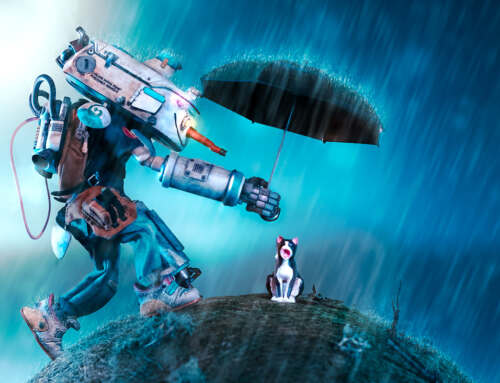
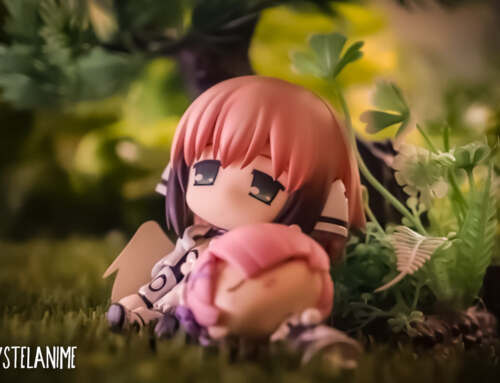
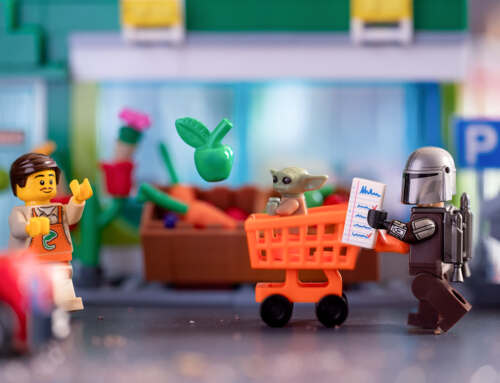
Hi Polina, nice to meet you, and to get to know about you. The dolls are fascinating (albeit slightly eerie in my eyes). And your photography is right down my alley! I enjoy the pictures very much; the lady with the wolf is my favorite among the ones you chose for this post. (For whatever that’s worth.) Cheers!
Thank you, appreciate your kind words. Dolls have long history in world cultures being featured in literature, visual arts, movies e.t.c. and they often do have somewhat sinister quality, just think of all those Japanese style horror movies! I’ll take “eerie” as oppose to “creepy” any day :-))))
Thank you for sharing your journey into toy photography. I am fascinated by the details you include in each and every photo.
Figuring out all details in my images before I take the shot is part of the process which I absolutely love. Thank you!
Amazing work Polina. I love your doll photography, and yes, sometimes they are a little eerie, probably because they are so realistic looking. I do love the girl with the wolf photo. That wolf figure is amazing. 🙂 🙂
Yes, I think you are right – very often an anime style monster toys don’t look as unsettling to people as very realistic dolls. We are all so different in a way we perceive visual information, I find it fascinating! I have two wolves, both are great posers, but this grey once is my favourite. Thank you!